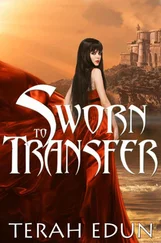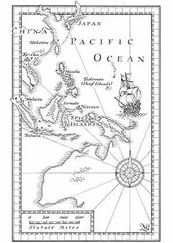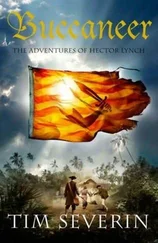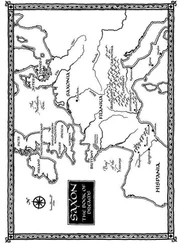He looked round the circle of watching faces. 'My platoon has a vacancy,' he called. 'I propose that it is filled, not by purchase, but by acclamation of our general gathering. I propose to you that the place of Thorstein Galleon is taken by the sworn brother to Grettir Asmundarsson. Do you agree?'
A general mutter of agreement came back. One or two guardsmen banged their sword hilts on the stones. The Jutlander turned to me. 'Thorgils, you may keep the sword. Use it as a member of the guard.'
And that is how I, Thorgils Leifsson, was recruited into the imperial guard of the basileus in Metropolis, and was on hand to pledge my allegiance to the man called the 'thunderbolt of the north' or, to some, the last of the Vikings. In his service I would travel to the very hub of the world, win spoils of war sufficient to rig a ship with sails of silk, and — as his spy and diplomat - come within an arrow's length of placing him on the throne of England.


Thorstein Galleon did take his revenge on the murderer of Grettir his half-brother, according to Grettir's Saga written cad 1325. That saga traces the celebrated events in Grettir's life, from his rebellious childhood, through the plundering of a barrow grave and his many escapades as a notorious outlaw, to his eventual death on Drang Island at the hands of Thorbjorn Ongul and a posse of local farmers. Thorstein Galleon is said to have tracked down Thorbjorn Ongul to Constantinople and confronted him at a weapons inspection of the Varangian guard. Ongul was boasting how he had killed the outlaw with Grettir's own sword, taken from him as he lay dying. The weapon was passed from hand to hand among the guardsmen and when it came to Thorstein, in the words of the saga, 'Thorstein took the short sword, and at once raised it up and struck at Ongul. The blow landed on his head, and it was so powerful that the sword went right down to his jaws. Thorbjorn Ongul fell dead to the ground. Everyone was speechless .. .'
from Grettir's Saga, translated by Denton Fox and Hermann Palsson, University of Toronto Press, 1998










